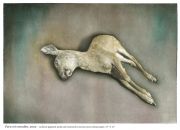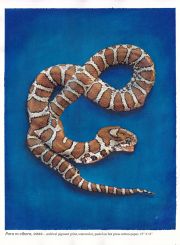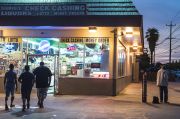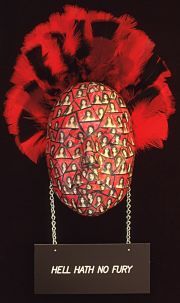Isabella La Rocca González
Artist Social
- Facebook: isabella.larocca
- Instagram: eyelarocca
- LinkedIn: www.linkedin.com/in/isabella-la-rocca-gonzález-4517314
Isabella La Rocca González is an artist, writer, and activist . Her work is part of a long tradition in art and photography: to bring to light and find beauty in the hidden, unconscious, or disregarded. As the daughter of American immigrants, she strives to reconcile values from her Indigenous Mexican roots with her European heritage. Her art practice is also inextricably linked with her ecofeminist, total liberation activism. Her work has long been focused on ecological concerns, especially concern for nonhuman animals. It is self-evident that environmentalism and social justice must include the other animals who share our planet. Awards for her work include the Ferguson Grant from the Friends of Photography in San Francisco, CA for excellence and commitment to the field of photography. Her photographs have been exhibited throughout the United States including a solo show at the Center for Photography in Woodstock, NY. She received a B.A. in Fine Arts from the University of Pennsylvania and an M.F.A. in Photography from Indiana University. After almost thirty years of teaching art and photography to thousands of students in state universities, art schools, private liberal arts colleges, and community colleges, she has left academia to devote herself full-time to her art practice. Her book Censored Landscapes will be published in fall of 2024.
WEAD Magazine Issue No. 8, Feminism Now: Feminism and Animal Agriculture: https://directory.weadartists.org/feminism-animal-agriculture









